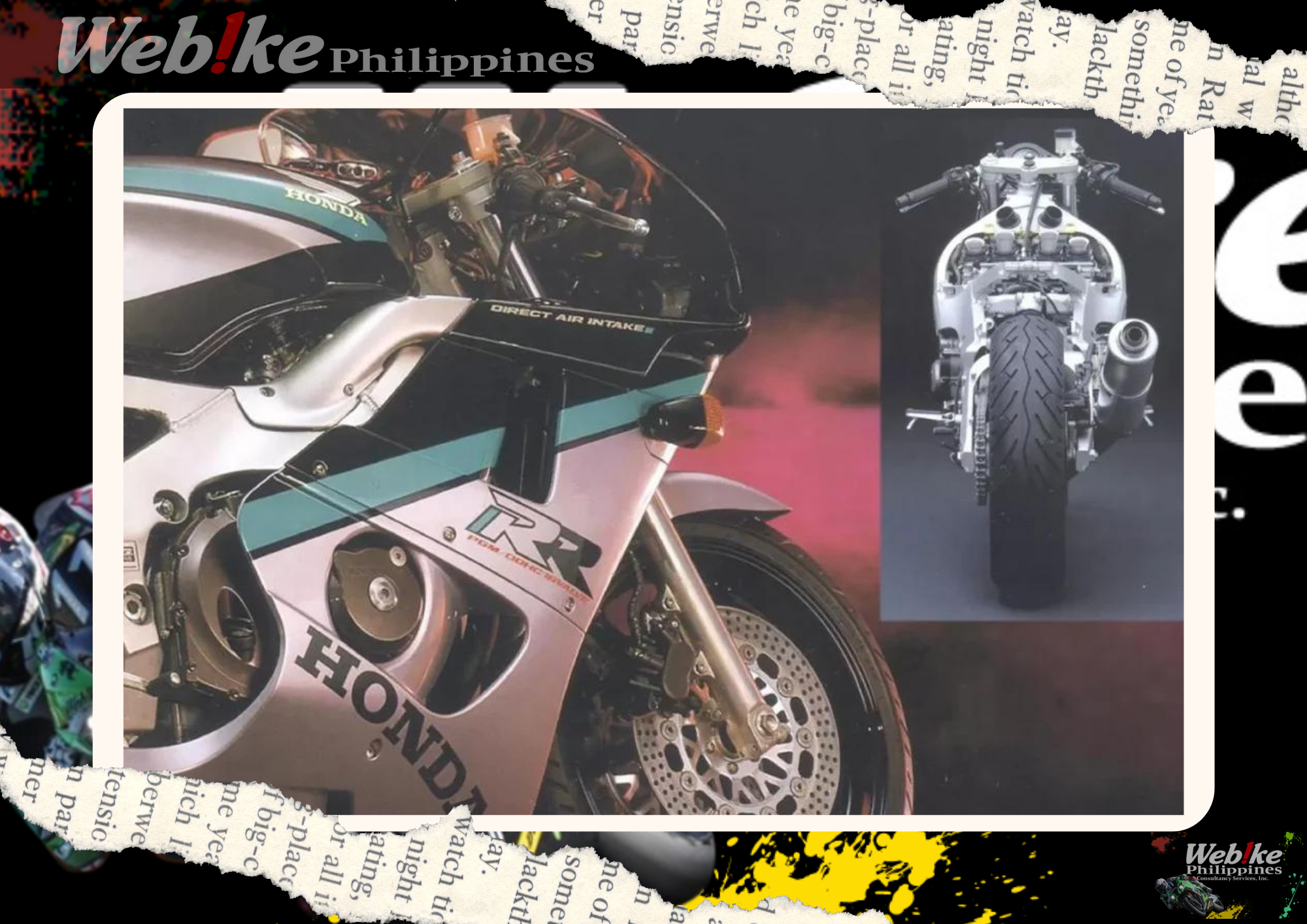V4 and alternation! The straight 4 CBR fully remodeled, with an eagle eye on the
The TT-F3, which had been the goal of 400cc class racer replica development, was to disappear in 1991, and supersport development began with an emphasis on general public road characteristics, with less need to prioritize race entry potential.
This means that the straight-4, which had been dominated by the V4 at the apex of performance, now has a great opportunity. This is because the stability-based handling unique to the straight-4 with its wide engine has a better track record in terms of ease of handling than the ultra-narrow, two-cylinder wide V4's mobility.
The CBR400RR has been a popular machine among straight-4 fans since its introduction in 1987. In deciding how to evolve this specification, the development team had no hesitation in placing improved handling at the top of the list.
Along with its sibling, the CBR250RR, the development target is a low center of gravity twin tube frame, or LCG for short.
Honda's standard replica is an aluminum twin-tube frame with a straight line from the steering head to the swingarm pivot.
→Read the full story **JAPAN SITE
Original Source. [ RIDE HI ]



